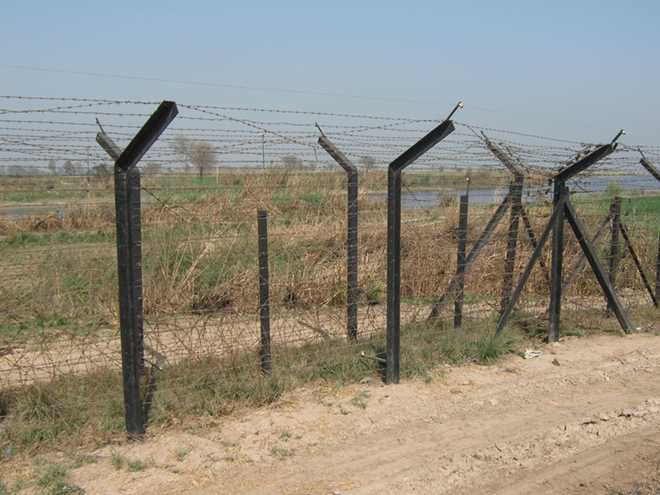Ending Free Movement Regime a pragmatic step

THE 1,643-km border between India and Myanmar runs through four northeastern states. The mutually agreed Free Movement Regime (FMR) allows people residing on either side of the border to venture 16 km into each other’s territory without a visa. Members of the hill tribes can cross over on production of a border pass with one-year validity and stay for up to two weeks. The plan to scrap the arrangement and fence the border comes late in the day, but bears the stamp of inevitability. The Centre’s decision is aimed at stopping the misuse of FMR by insurgent groups and putting the brakes on the influx of illegal immigrants. Curbing the cross-border narcotics trade, fuelled by the proliferation of poppy cultivation on the Indian side, would be a challenging task.
The unfenced border is shared by Manipur (398 km), Arunachal Pradesh (520 km), Nagaland (215 km) and Mizoram (510 km). Though Manipur suspended the FMR in 2020, unregulated migration through the porous border is cited as a factor for the ethnic violence in the state. Smart fencing is expected to tighten controls. Mizoram has seen an influx of anti-junta rebels since the military coup in Myanmar in 2021. The coup has created a breeding ground for armed insurgent groups and the influx of refugees is believed to have worsened the volatile situation in Manipur. India has already conveyed to Myanmar its anxieties over the spillover of the simmering crisis in the neighbourhood.
As the experience in Punjab and J&K has shown, fencing alone cannot be a foolproof mechanism to secure borders. In view of the huge drug and weapon hauls, the Centre is in the process of deploying an indigenously developed anti-drone system along the entire western border. Technology demonstrators are being run on a pilot basis. A judicious mix of various methods can improve border surveillance.
